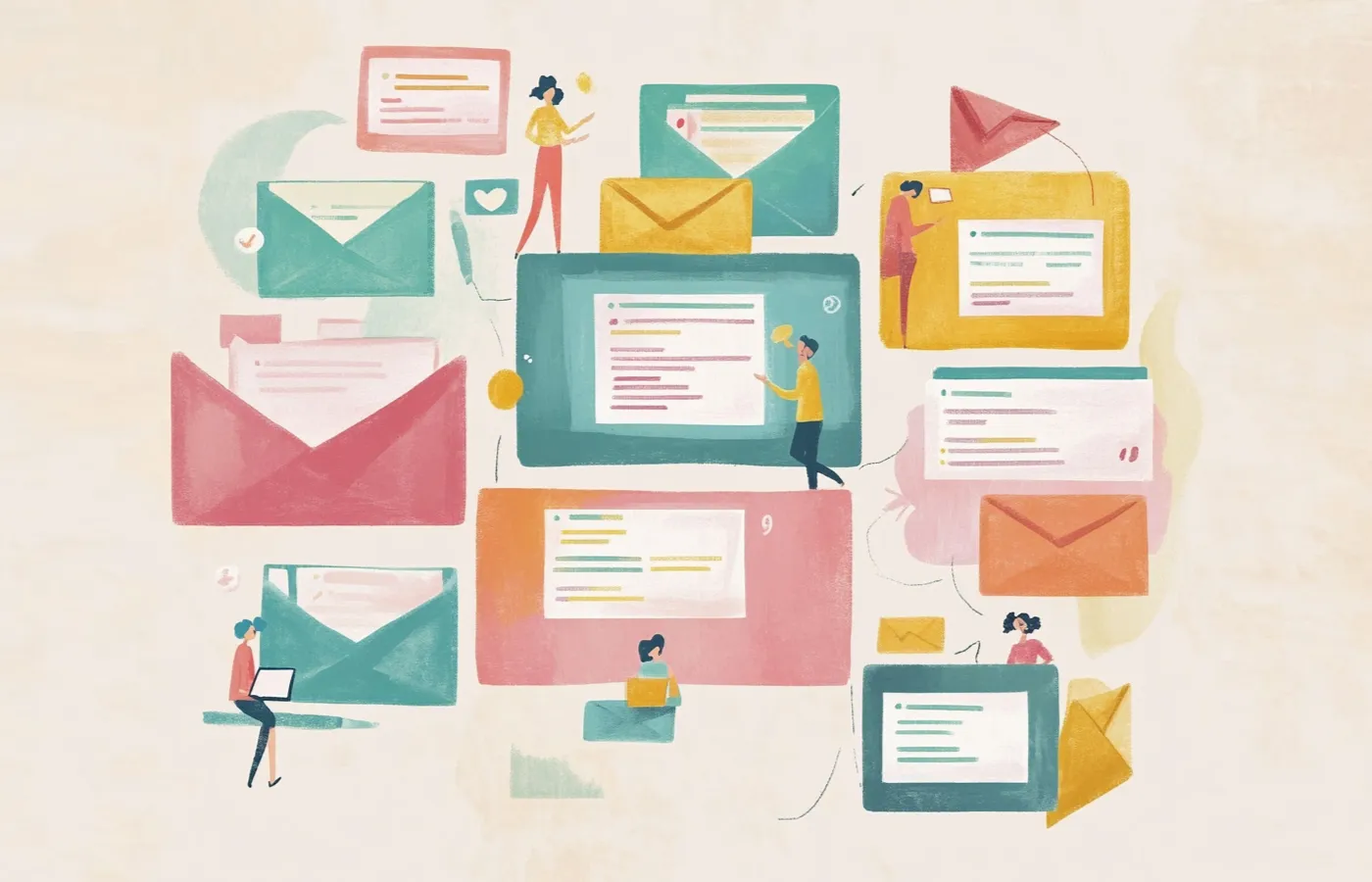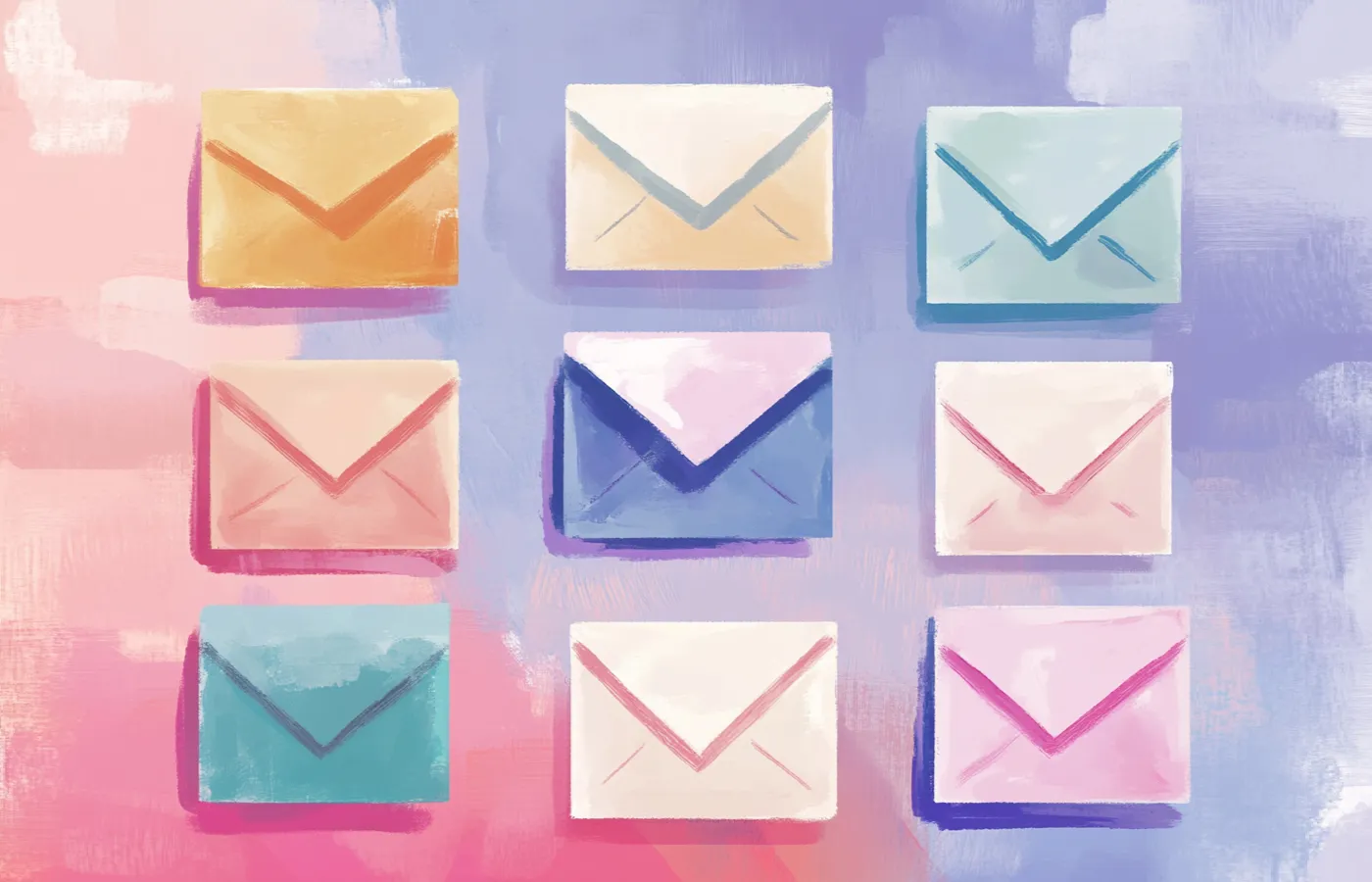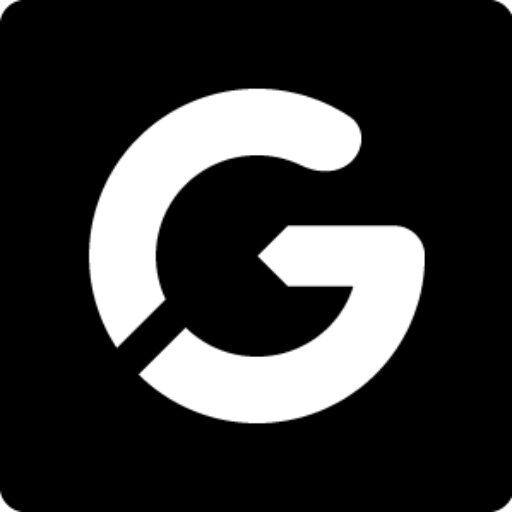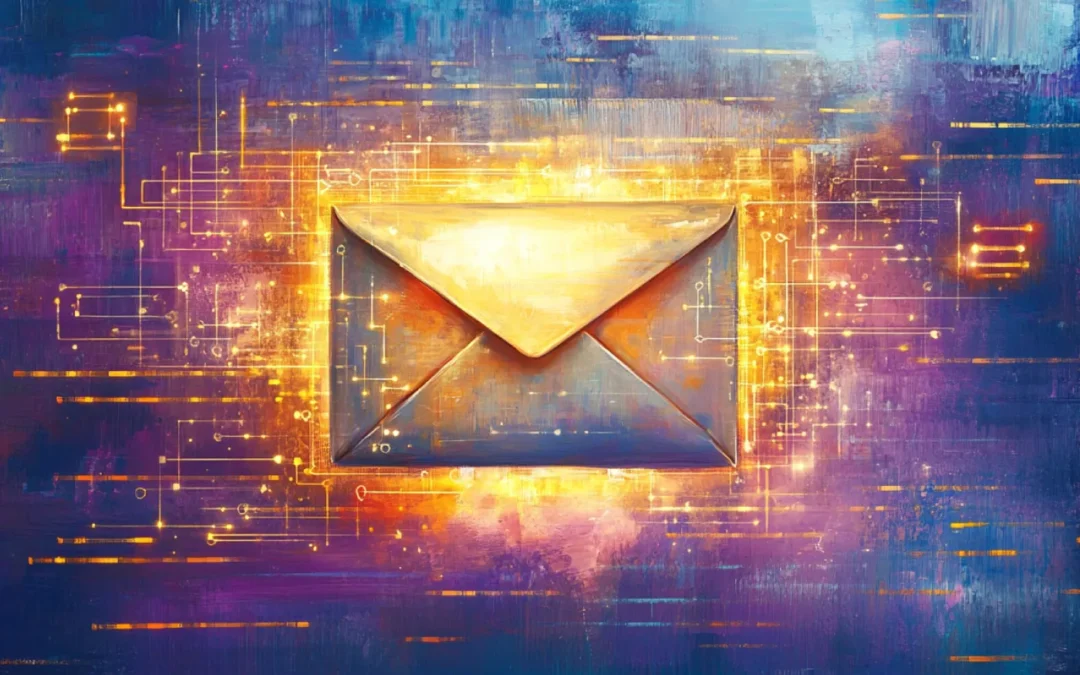Crafting the perfect email is an art, especially when your goal is to elicit a response. In the fast-paced world of digital communication, getting someone to open, read, and respond to your email can feel like a significant challenge. But with the right approach, your emails can stand out and get the attention they deserve. To help you achieve better results, I’ve ranked these email templates from most to least effective, based on the typical scenarios where they shine. These templates are designed to be adaptable, allowing you to personalize them to your specific situation while maintaining the structure that makes them successful. Let’s dive in and find the best match for your needs.
1. The Friendly Follow-Up
Scenario: Ideal for when you’ve already made contact but haven’t received a reply. A gentle nudge can often be the most effective way to get a response.
Subject: Just Checking In
Body:
Hi [Name],
I hope this email finds you well! I wanted to follow up on my previous email about [topic]. I understand you’re busy, but I’d love to hear your thoughts or see if there’s anything I can assist with. Looking forward to your reply!
Best,
[Your Name]
Why It’s Effective:
The friendly follow-up works because it shows persistence without being pushy. You acknowledge that the recipient may be busy, which demonstrates empathy and understanding. At the same time, you’re reminding them of your initial email, which may have slipped through the cracks. The tone is casual yet professional, making it approachable for the recipient to reply.
Customization Tip:
Personalize this template by referencing a specific detail from your previous email or conversation. For example, “I hope you had a great weekend! Just wanted to follow up on our discussion about [specific topic].” This makes the follow-up feel more personal and less like a generic reminder.
2. The Meeting Request
Scenario: Perfect for setting up a discussion about potential collaboration or project planning. Clear and direct, it makes it easy for the recipient to say yes.
Subject: Can We Set Up a Time to Talk?
Body:
Hi [Name],
I’d like to discuss [specific topic] with you and see how we can collaborate moving forward. Are you available for a quick meeting sometime this week? Please let me know a time that works best for you.
Looking forward to your response!
Best regards,
[Your Name]
Why It’s Effective:
This template is direct and to the point, which is often appreciated in a busy work environment. It clearly states the purpose of the meeting, making it easier for the recipient to make a decision. The open-ended time request allows flexibility, increasing the likelihood of finding a convenient time for both parties.
Customization Tip:
Be specific about the agenda or goals of the meeting. For example, “I’d like to discuss how we can streamline our processes for [specific project].” This gives the recipient a clear understanding of what to expect and how to prepare.
3. The Value Proposition Email
Scenario: Use this when you want to highlight how your services or products can directly benefit the recipient. It’s effective when introducing a strong selling point.
Subject: How We Can Help You Achieve [Specific Goal]
Body:
Hi [Name],
I noticed that your company is focused on [specific goal]. At [Your Company], we’ve helped businesses like yours achieve [specific outcome]. I’d love to share some insights and explore how we can support your efforts. Do you have a few minutes to chat this week?
Best,
[Your Name]
Why It’s Effective:
The value proposition email is powerful because it directly addresses the recipient’s needs and offers a solution. By aligning your services with their goals, you’re positioning yourself as a partner rather than just a vendor. This approach fosters a collaborative relationship from the outset.
Customization Tip:
Use specific metrics or examples that resonate with the recipient. For example, “We helped [similar company] increase their sales by 30% in six months, and I believe we can do the same for you.” Concrete examples build credibility and make your offer more compelling.

4. The Introduction Email
Scenario: Ideal for reaching out to a new contact. This template is your first impression, so it’s important to be clear, concise, and value-driven.
Subject: Introduction – [Your Name] from [Your Company]
Body:
Hi [Name],
My name is [Your Name], and I’m with [Your Company]. We specialize in [brief description]. I came across your profile and thought you might be interested in how we can help with [specific benefit]. Could we schedule a quick call to discuss further?
Best regards,
[Your Name]
Why It’s Effective:
First impressions matter, and this template is designed to make a strong one. It’s concise, clear, and offers immediate value. By mentioning how you discovered the recipient and why you think your services align with their needs, you create a personalized connection right from the start.
Customization Tip:
Mention a mutual connection or a specific reason for reaching out. For example, “I noticed you recently posted about [topic], which is something we’re passionate about at [Your Company].” This shows that your email is not just a cold pitch but a thoughtful outreach.
5. The Problem-Solving Email
Scenario: Best used when you know the recipient is facing a particular challenge that you can help solve. This template is all about offering value upfront.
Subject: A Solution to [Specific Challenge] You’re Facing
Body:
Hi [Name],
I understand that [specific challenge] has been a hurdle for your team. At [Your Company], we’ve developed a solution that might help overcome this obstacle. Could we discuss how this could work for you?
Best,
[Your Name]
Why It’s Effective:
This template is highly effective because it addresses a pain point directly. By showing that you understand the recipient’s challenges and offering a solution, you position yourself as a helpful resource. This approach is likely to resonate, especially if the challenge is pressing.
Customization Tip:
Include details about how your solution has worked for others facing similar challenges. For example, “We recently helped [Company X] reduce their operational costs by 20% with this solution.” This adds credibility and makes your offer more compelling.

6. The Reconnection Email
Scenario: Use this when you haven’t been in touch with someone for a while and want to rekindle the connection. It’s great for networking and maintaining relationships.
Subject: Long Time, No Talk – Let’s Reconnect
Body:
Hi [Name],
It’s been a while since we last connected! I hope everything is going well on your end. I’d love to catch up and hear what you’ve been up to lately. How about a quick call next week to discuss any new opportunities or just to say hello?
Best,
[Your Name]
Why It’s Effective:
Relationships are key in business, and staying connected is crucial. This template is effective because it’s casual yet professional, making it easy for the recipient to respond. It’s particularly useful for reigniting dormant relationships or keeping your network warm.
Customization Tip:
Mention something specific from your last interaction to jog their memory. For example, “The last time we spoke, you were working on [project]. How did that turn out?” This personal touch makes the reconnection feel more genuine.
7. The Thank You Email
Scenario: Perfect for after a meeting, interview, or collaboration. It’s a polite way to show appreciation and keep the lines of communication open.
Subject: Thank You for Your Time
Body:
Hi [Name],
Thank you so much for taking the time to speak with me today. I really enjoyed our conversation about [specific topic], and I’m excited about the possibility of working together. Please don’t hesitate to reach out if you have any further questions.
Best,
[Your Name]
Why It’s Effective:
Gratitude goes a long way in building relationships. This template is effective because it leaves a positive impression after a meeting or interaction. It’s a simple yet powerful way to reinforce the connection and keep the conversation going.
Customization Tip:
Add a specific takeaway from your conversation. For example, “I particularly enjoyed discussing [topic], and I’m looking forward to exploring it further.” This shows that you were engaged in the discussion and are eager to move forward.
8. The Feedback Request
Scenario: Ideal for when you need input or opinions from clients, colleagues, or partners. It’s effective because it shows you value their perspective.
Subject: Your Feedback Would Be Invaluable
Body:
Hi [Name],
We’re constantly looking to improve our services at [Your Company], and your feedback would be incredibly valuable to us. Could you spare a few minutes to share your thoughts on [specific aspect]? I’d greatly appreciate your input.
Best regards,
[Your Name]
Why It’s Effective:
Asking for feedback demonstrates that you value the recipient’s opinion, which can strengthen your relationship. This template is particularly effective because it’s polite, respectful of the recipient’s time, and focused on improvement.
Customization Tip:
Be specific about what feedback you’re seeking. For example, “Could you provide your thoughts on our new product features?” This helps the recipient focus their feedback and makes it easier for them to respond.

9. The Referral Request
Scenario: Best used when you’re seeking a connection or introduction through a mutual contact. It’s a respectful and professional way to expand your network.
Subject: Looking for an Introduction to [Specific Person/Company]
Body:
Hi [Name],
I hope you’re doing well! I’m reaching out to see if you could introduce me to [Specific Person] at [Company]. I believe our services could be a great fit for their needs, and I’d really appreciate your help in making the connection. Thank you in advance!
Best regards,
[Your Name]
Why It’s Effective:
Referrals are one of the most powerful tools in networking. This template is effective because it’s direct, clear, and respectful. By asking for a referral, you’re leveraging your existing relationships to open new doors, which is often more successful than cold outreach.
Customization Tip:
Mention why you think the connection would be beneficial for both parties. For example, “I think [Person] would find our recent work in [area] particularly relevant.” This makes the request more compelling and easier for your contact to fulfill.
10. The Deadline Reminder
Scenario: Use this when you need to remind someone of an approaching deadline. It’s a gentle nudge to keep things on track without being too pushy.
Subject: Friendly Reminder: [Specific Deadline]
Body:
Hi [Name],
Just a quick reminder that the deadline for [specific task or project] is approaching on [date]. If you have any questions or need assistance, feel free to reach out. I’m here to help!
Best,
[Your Name]
Why It’s Effective:
Deadlines are a fact of life in business, and this template is effective because it’s straightforward and to the point. It serves as a helpful reminder without coming across as demanding, which helps maintain a positive relationship.
Customization Tip:
Offer assistance if needed. For example, “If there’s anything I can do to help meet the deadline, please let me know.” This shows that you’re proactive and supportive, which can encourage a timely response.
Conclusion:
The effectiveness of your emails often hinges on timing, tone, and context, so choosing the right template for your situation is key. From friendly follow-ups to strategic value propositions, these email templates are designed to boost your chances of getting a reply. Remember, personalization and relevance are crucial—adapt these templates to fit your specific scenario and audience. And always be mindful of the recipient’s perspective; what’s in it for them? By focusing on the value you can offer, you’re more likely to engage your audience and get the responses you’re looking for. Happy emailing!


